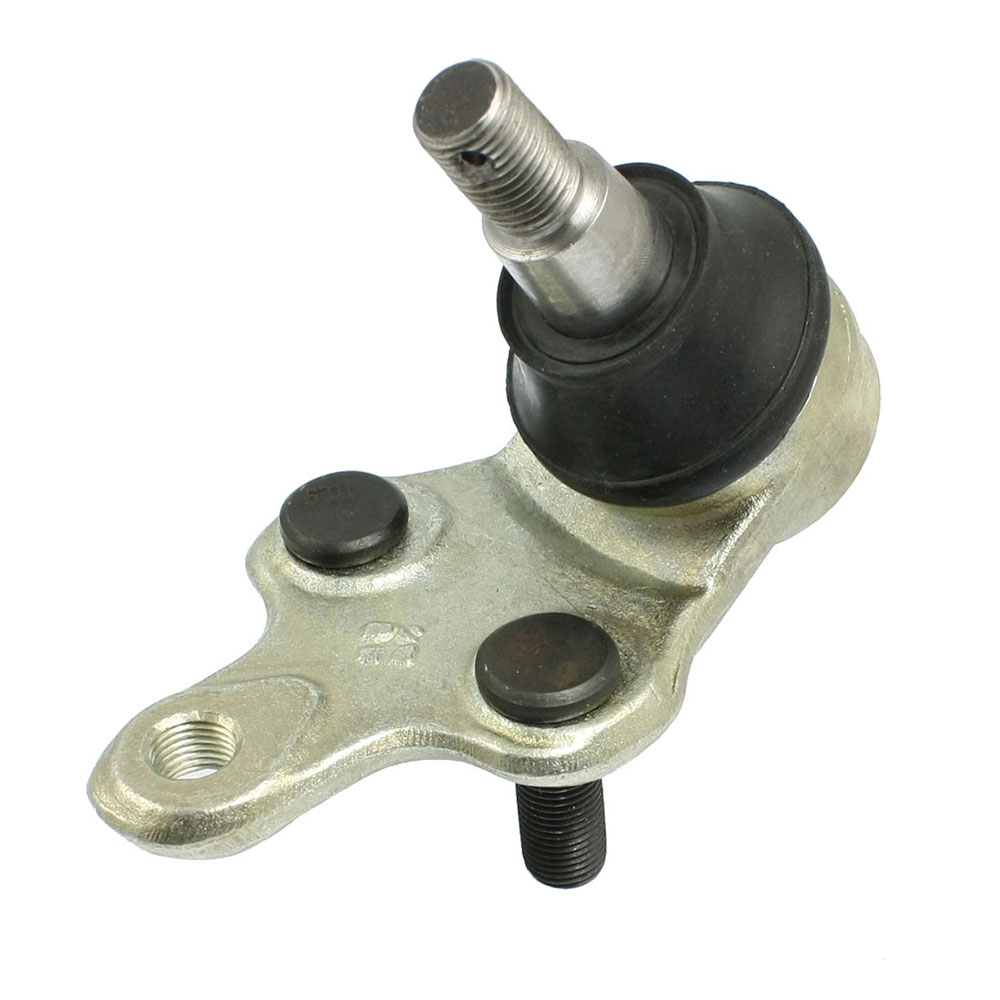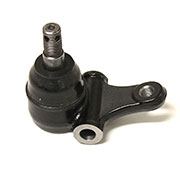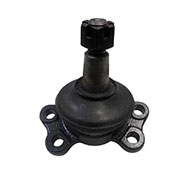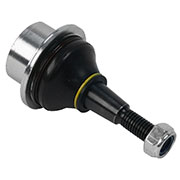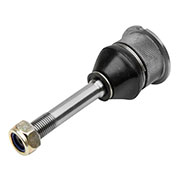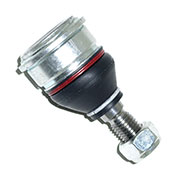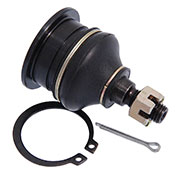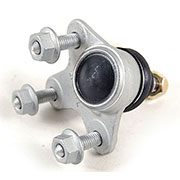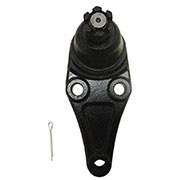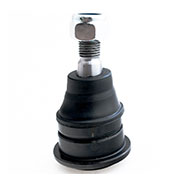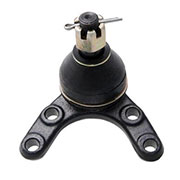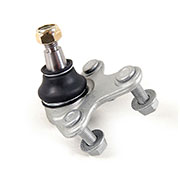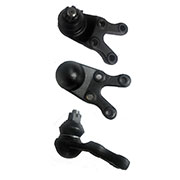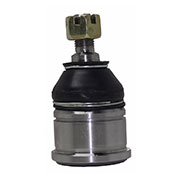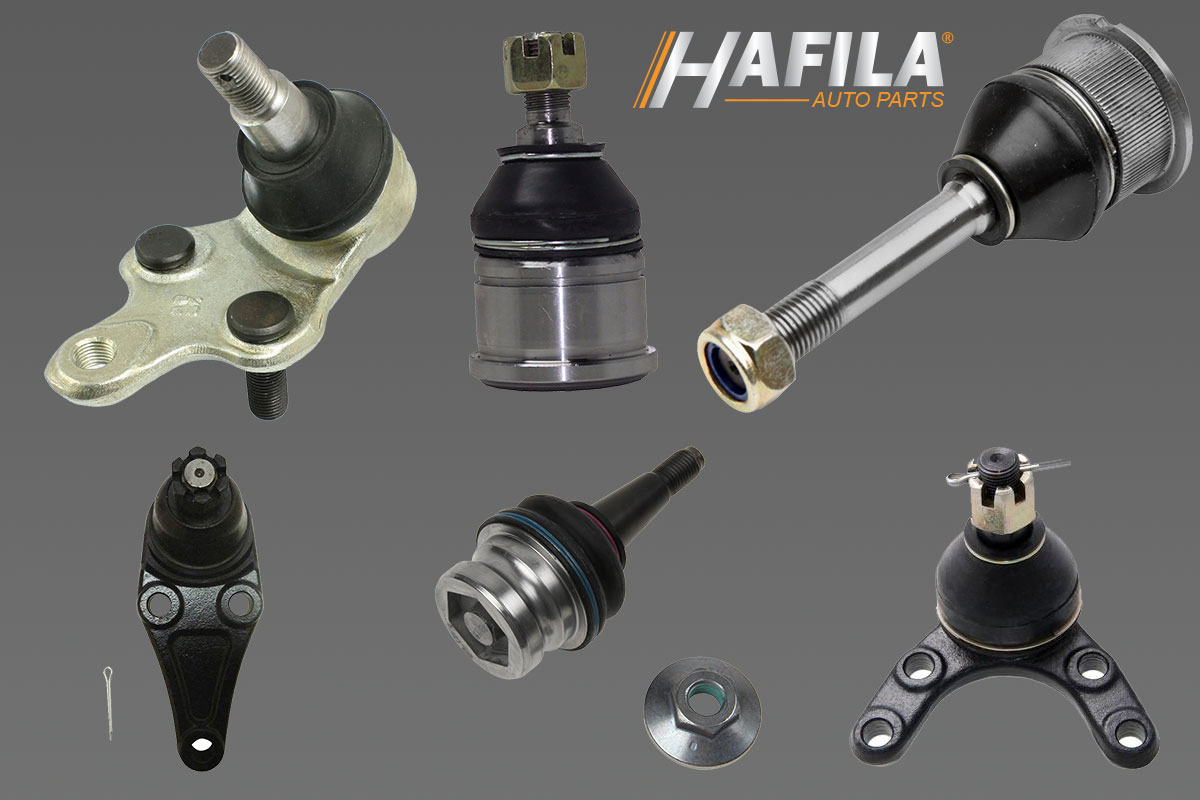
Our experience and expertise in automobile industry helps us to make suspension and steering parts as per your specification with high quality and finishing.
What is a ball joint in a car?
In an automobile, ball joints are spherical bearings that connect the control arms to the steering knuckles. They are used on virtually every automobile made and work similarly to the ball-and-socket design of the human hip joint.
A ball joint consists of a bearing stud and socket enclosed in a casing; all these parts are made of steel. The bearing stud is tapered and threaded, and fits into a tapered hole in the steering knuckle. A protective encasing prevents dirt from getting into the joint assembly. Usually, this is a rubber-like boot that allows movement and expansion of lubricant. Motion-control ball joints tend to be retained with an internal spring, which helps to prevent vibration problems in the linkage.
The "offset" ball joint provides means of movement in systems where thermal expansion and contraction, shock, seismic motion, and torsional motions, and forces are present.
What is the function of a ball joint in a car?
A ball joint is used for allowing free movement in two planes at the same time, including rotating in those planes. Combining two such joints with control arms enables motion in all three planes, allowing the front end of an automobile to be steered and a spring and shock (damper) suspension to make the ride comfortable.
This ability to fine-tune ball-jointed suspension allows manufacturers to make the automobile more stable and easier to steer, compared to the older kingpin style suspension. It may also be quieter and more comfortable, because lateral and fore and aft compliance in the suspension can be introduced in controlled amounts at the control arm inner pivots without compromising the integrity of the steering axis pivots, which are now ball joints instead of a king pin and trunnions. The smoother ride may also increases tire tread life, since the ball-joint suspension allows better control of suspension geometry and so can provide better tyre to road contact.


